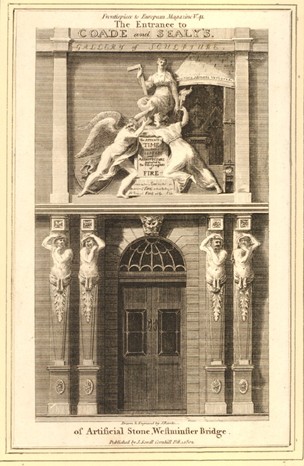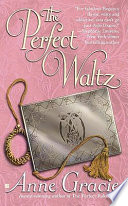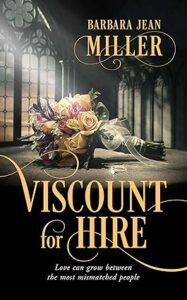
Feltham, J., Phillips, R. (1807). The Picture of London, for 1807: Being a Correct Guide to All the Curiosities, Amusements, Exhibitions, Public Establishments, and Remarkable Objects, in and Near London: with a Collection of Appropriate Tables; Two Large Maps, and Several Views… United Kingdom: Lewis and Hamblin, Paternoster-Row; For Richard Phillips, Bridge-Street, Blackfriars.
Eleanor Coade (1733-1821) was a successful businesswoman, taking after her maternal grandmother Sarah Enchmarch, and would be well known for manufacturing Neoclassical statutes, architectural decorations, garden ornaments, and other stone work from coade stone. Coade had perfected the formulation and firing process for moulding stoneware, and combined high quality manufacturing with marketing skills to become one of the top vendors in the Regency era. Her stoneware was seen on St. George’s Chapel, Windsor, The Royal Pavilion in Brighton, and the Royal Naval College in Greenwich. By 1799, Coade appointed her cousin John Sealy as a partner in her business, and a showroom was opened to display her products. It would exist for most of the Regency, but the company would fall into decline after Eleanor’s death.
According to wikipedia, over 650 pieces are still in existence worldwide and can be seen at various grand houses and other landmarks.











